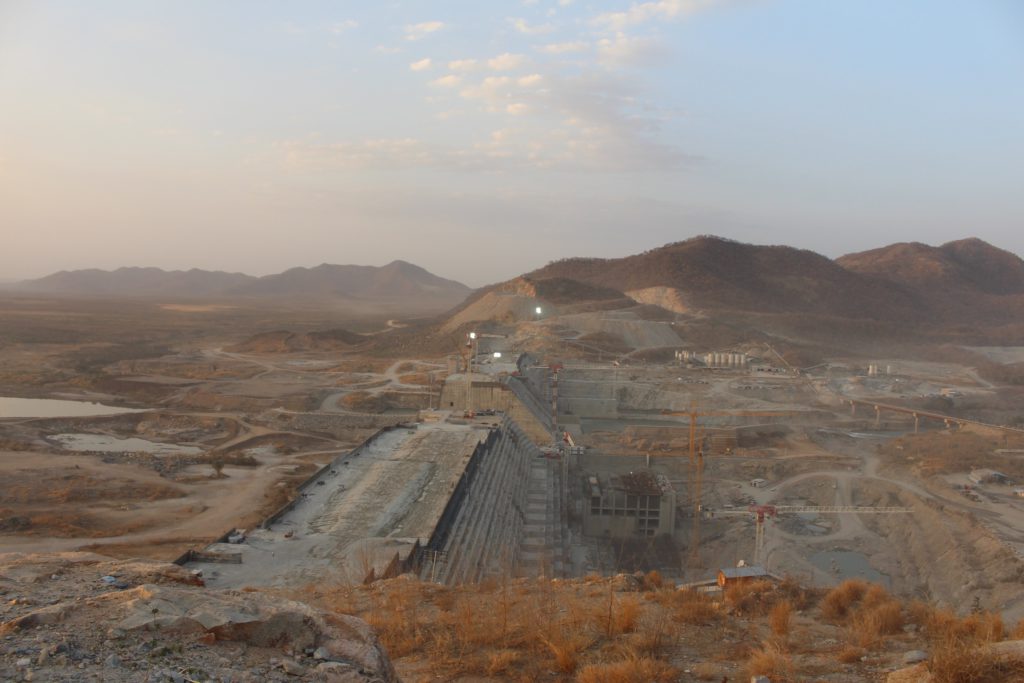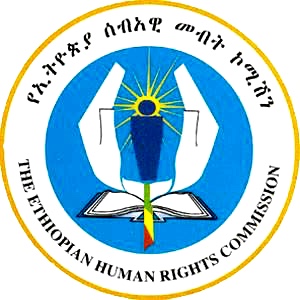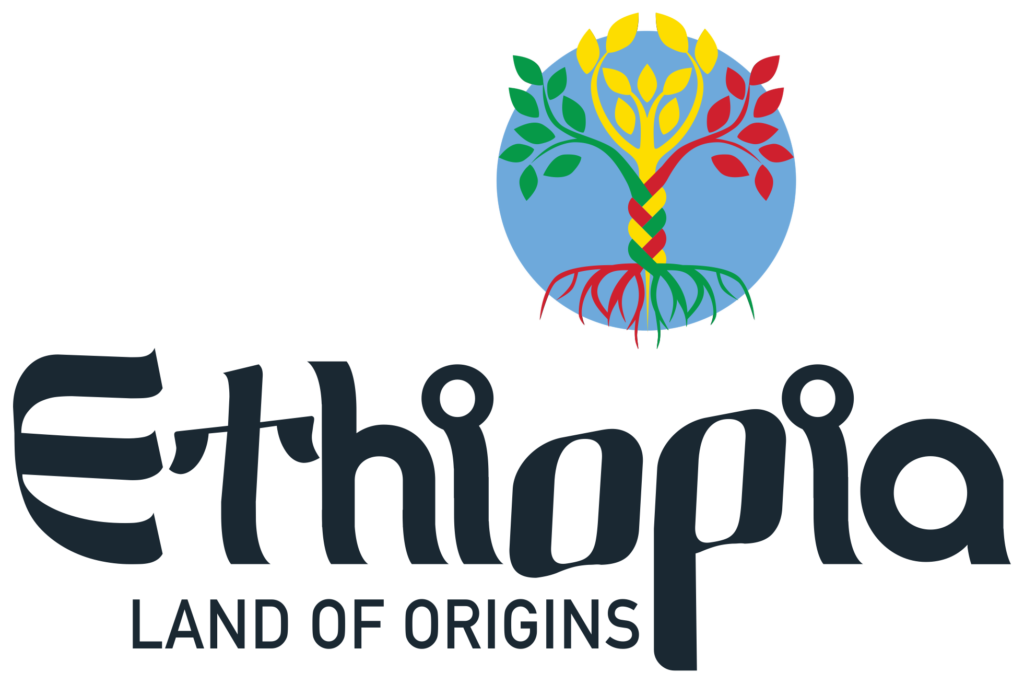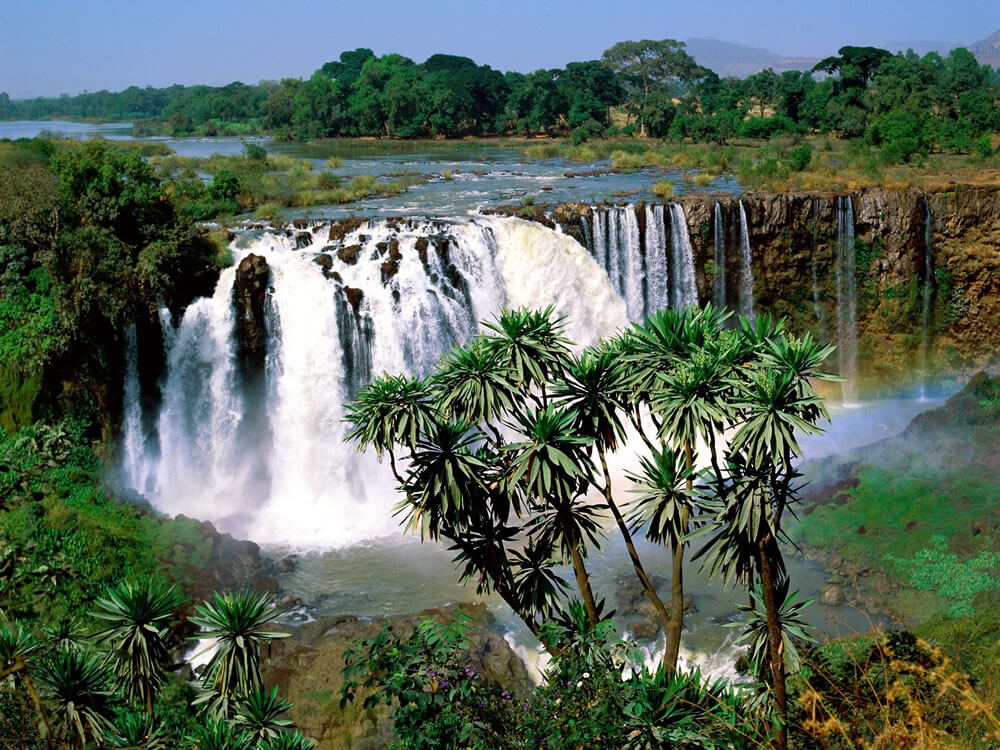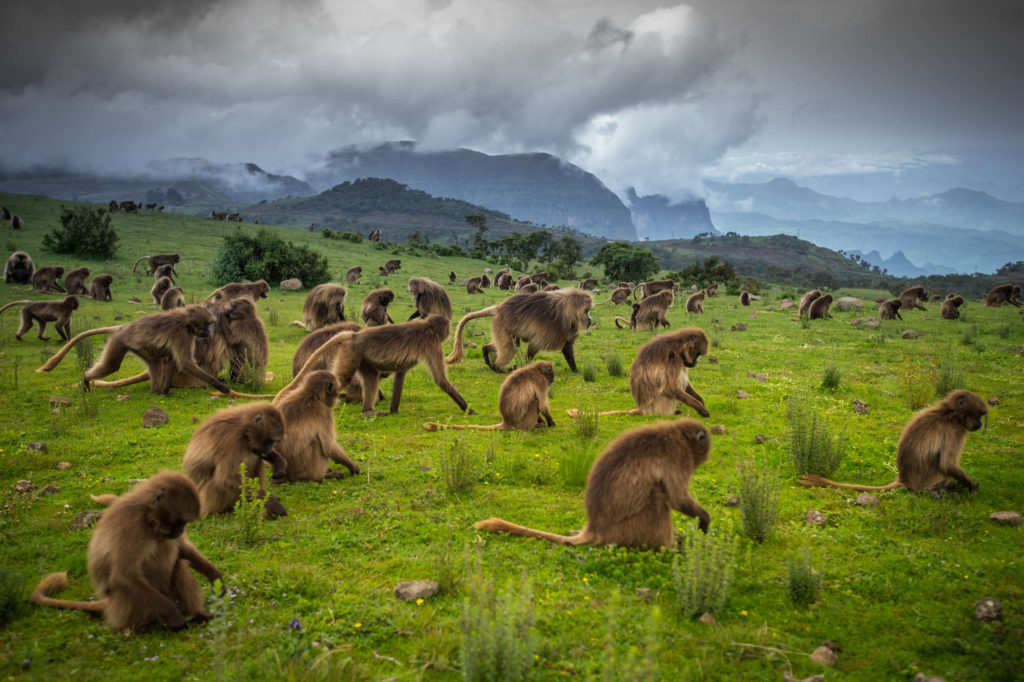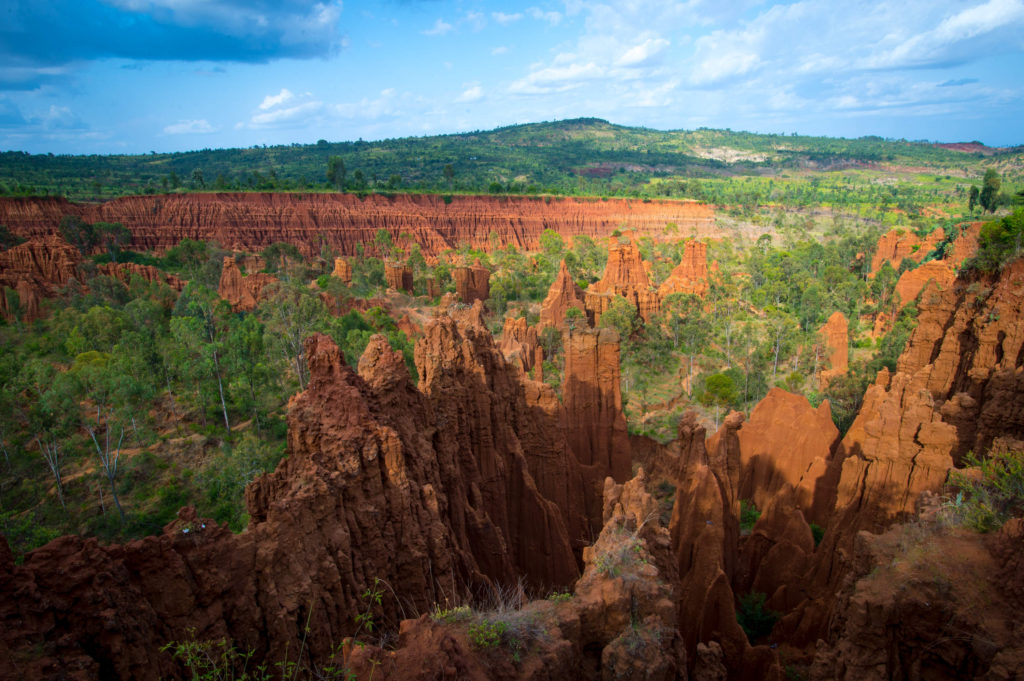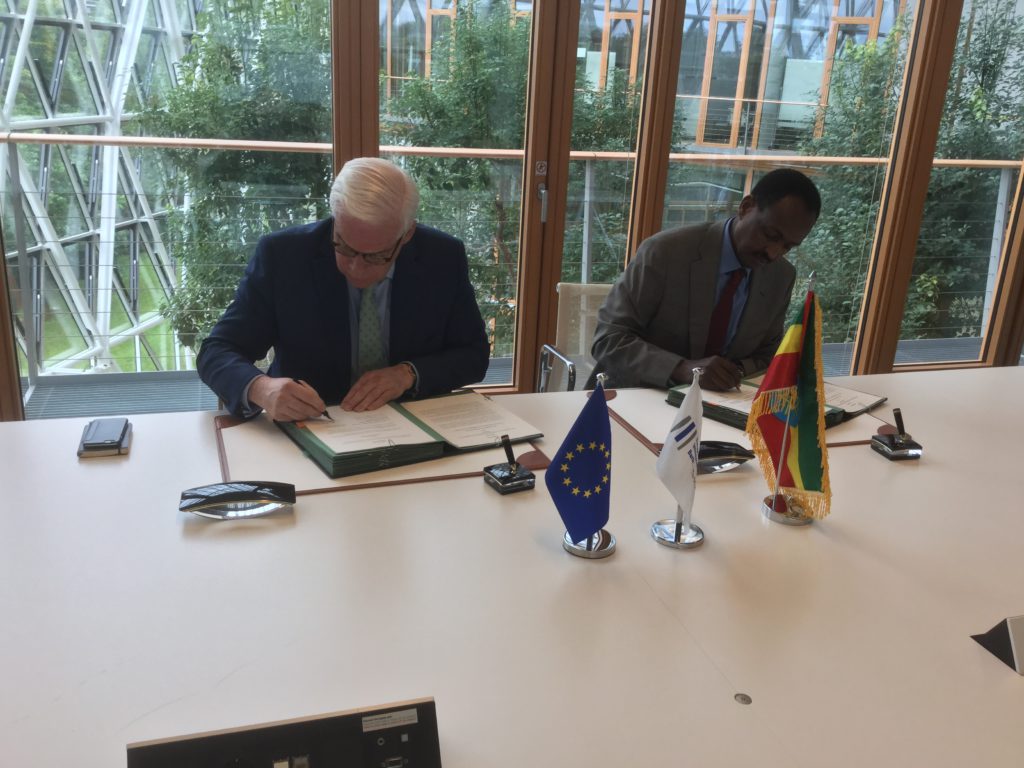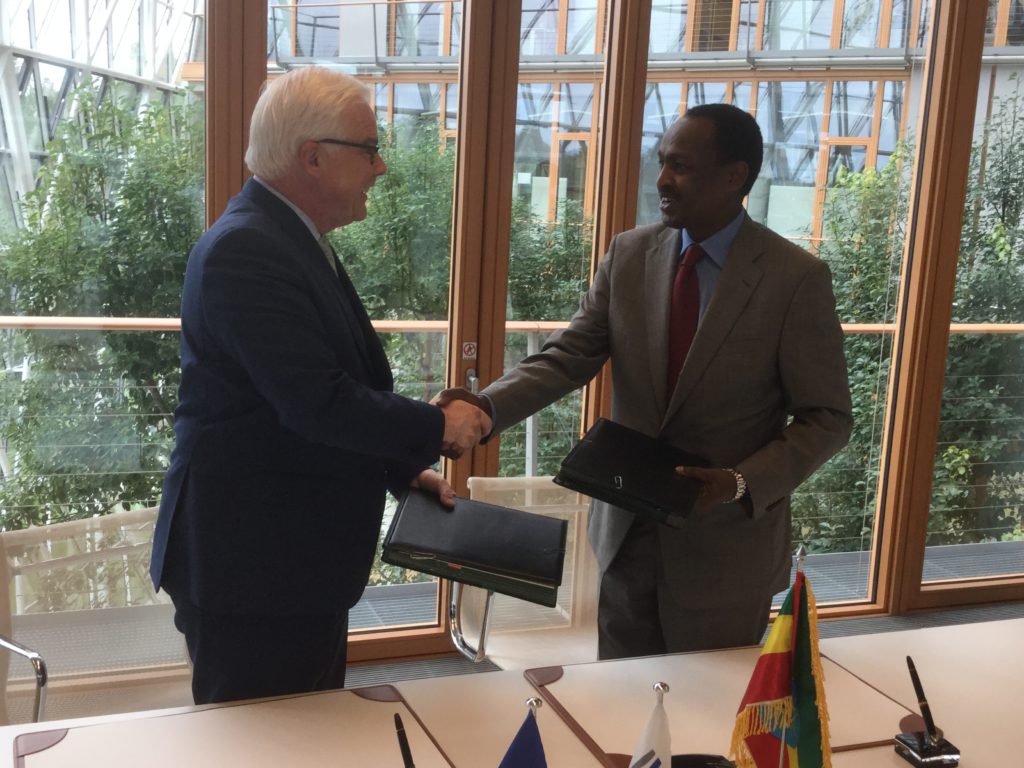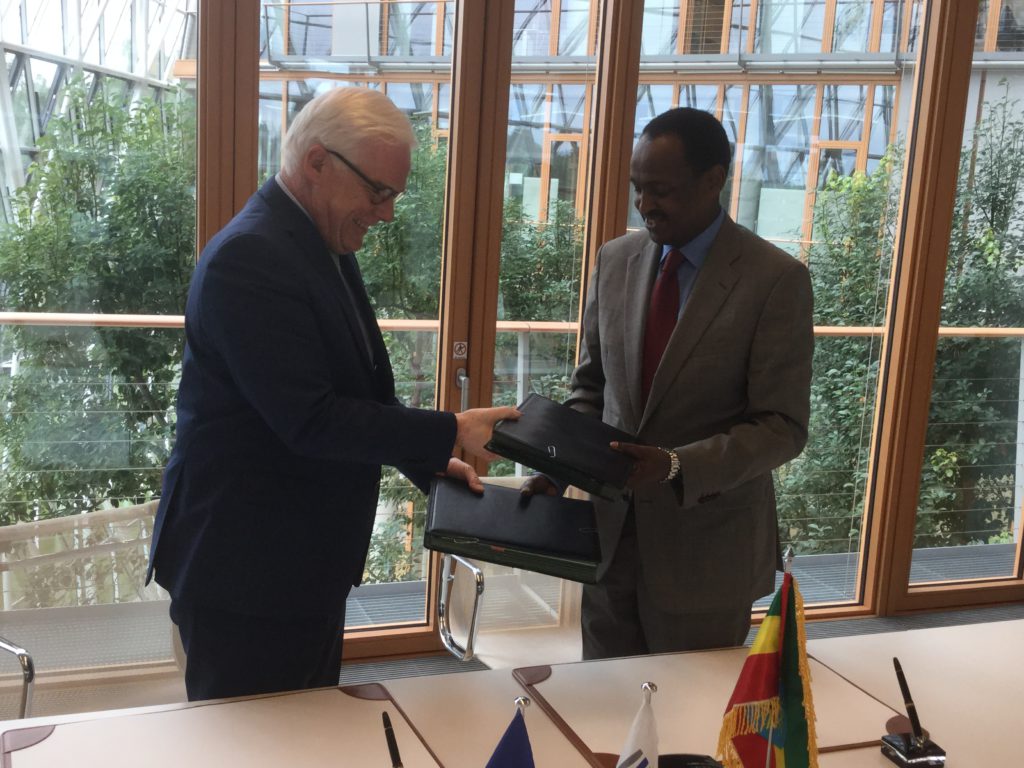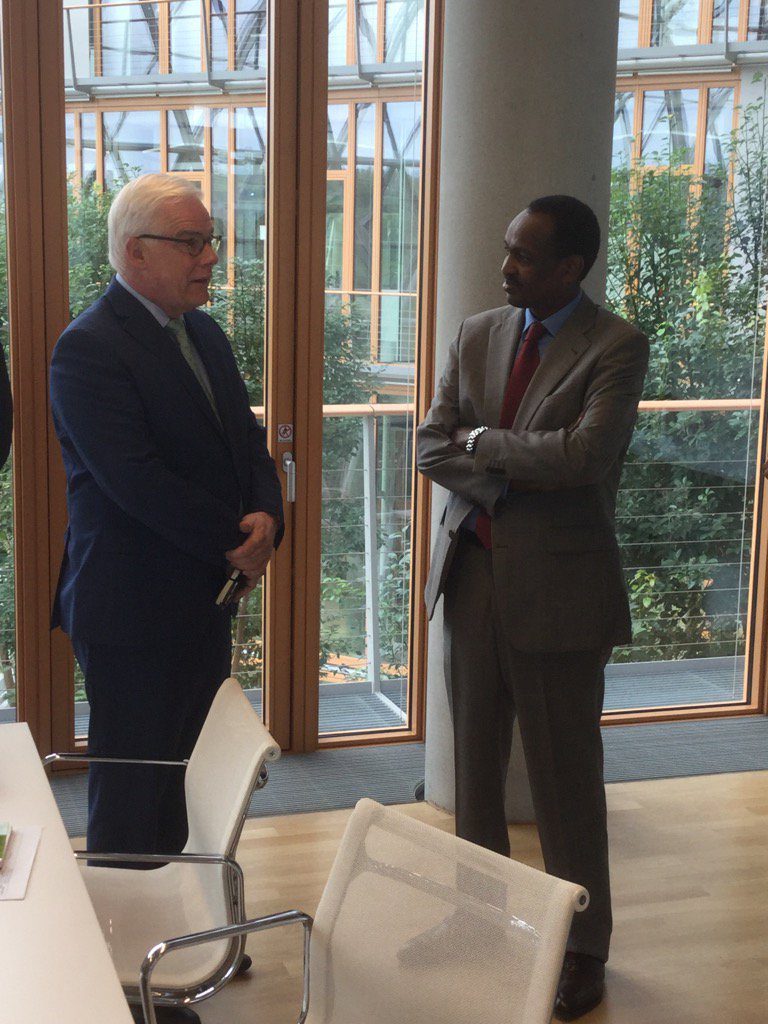This article was originally published in The Ethiopian Messenger, the quarterly magazine of the Embassy of Ethiopia in Brussels.
Hydroelectric dams are central for the development of Ethiopia which aims to become a light manufacturing hub and a middle income country by 2025. Electricity could also soon become a major export item.
Celebrating the 25th anniversary of Ginbot 20, which marks the end of the military dictatorial rule of the Derg regime, Prime Minister Hailemariam Desalegn said the country has managed to make significant progress over the last quarter of the century. Among others, he said remarkable successes have been achieved in attracting investments, addressing unemployment and housing problems, empowering women, protecting the rights of citizens, expanding telecom and electricity facilities as well as increasing the productivity of small-scale farmers.
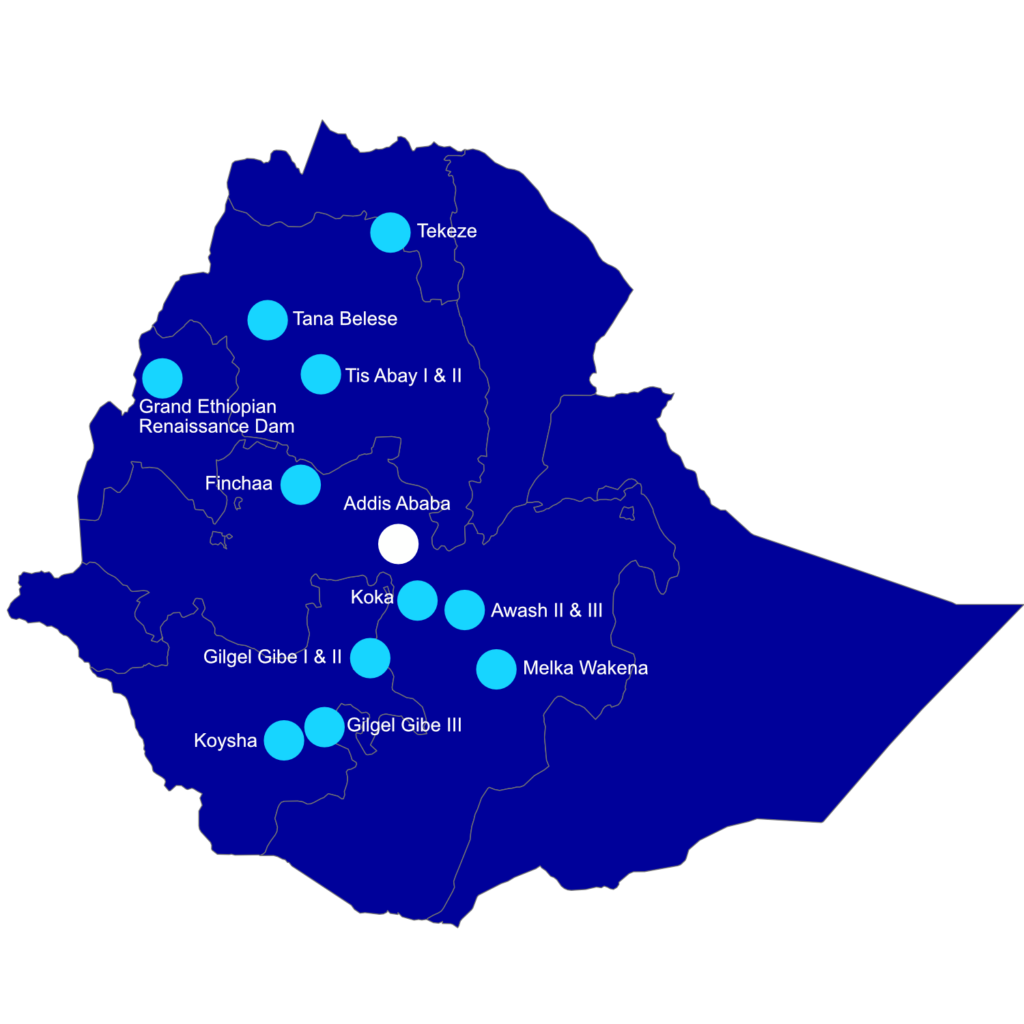
Ethiopia was able to make such progress in only 25 years thanks to a visionary plan designed by ruling coalition Ethiopian People’s Revolutionary Democratic Front (EPRDF) aiming at eradicating poverty and accelerating a development benefiting to all Ethiopians. This vision was implemented through successive national development plans. The latest of these plans are the five-year Growth and Transformation Plans (GTP) focusing on increasing productivity in the agricultural sector, developing the industrial capacity of the country and building an important infrastructure benefiting both the population and the development of the economy. The first and the second GTPs (2010-2015 and 2015-2020) played an instrumental part in helping the country’s economy to reach a double-digit growth, which is expected to continue in the years to come. The target of this strategy is to achieve middle-income status and make the economy climate resilient by 2025.
This ambitious plan can only be achieved through the development of key sectors like light manufacturing and agro-processing. These industries not only provide jobs to Ethiopians but also considerably increase the added value of goods initially produced in Ethiopia like coffee, bamboo and other agriculture products as well as products related to breeding such as hides that can be transformed into shoes and other leather products. To encourage this development, the Ethiopian Government designed a policy of industrial park developments as well as a set of incentives for investors in these sectors. But another crucial factor to attract investors and support industrial development is access to energy. Already in the past decade, the rapidly developing industrial sector has driven the energy demand in Ethiopia, now growing at a yearly rate of about 30%.
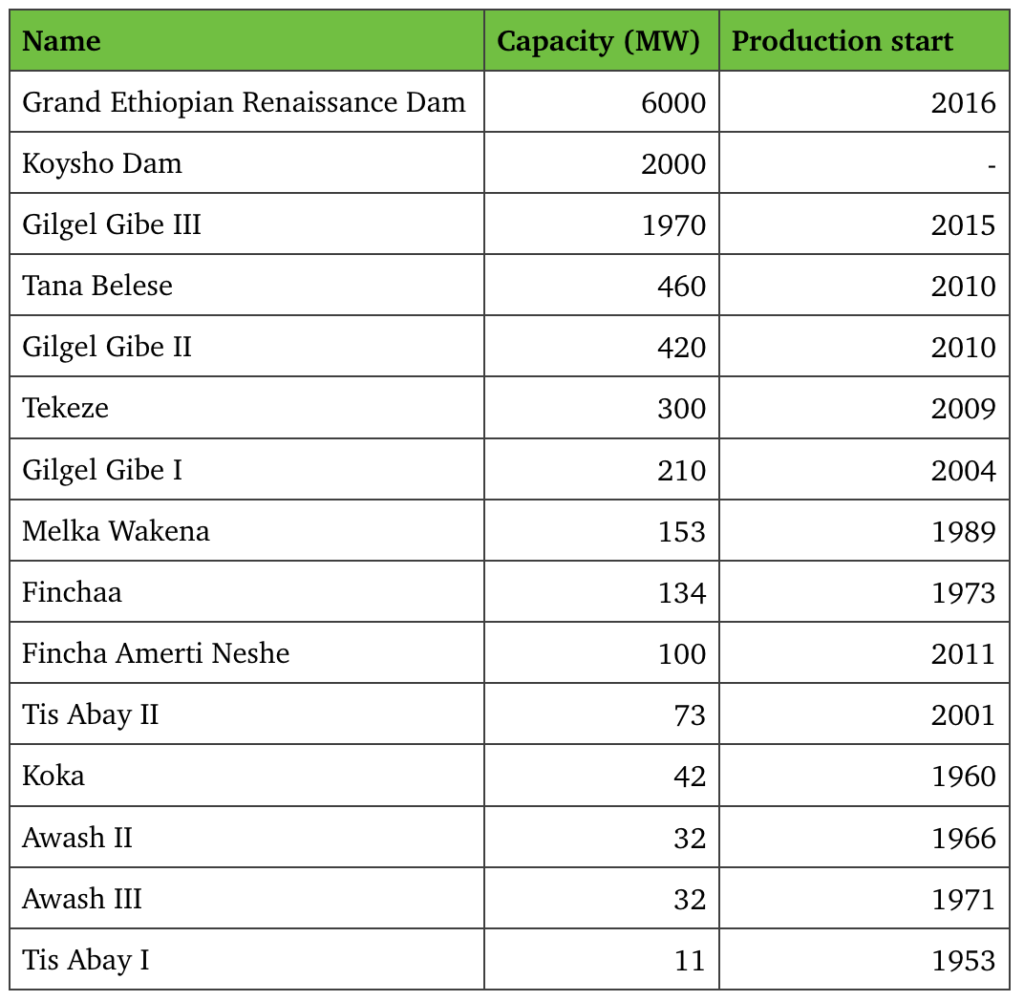
During GTP I, electricity service coverage in the country has increased from 41% in 2009-10 to 54% in 2013-14. The main objective during the GTP II is further increasing of energy generation, transmission and distribution to satisfy domestic energy demand with production surplus directed to export market. Thus, the Ethiopian government plans to raise electricity output to 17,346 MW during GTP II from an initial capacity of just over 2,200 MW. Besides wind, solar and hydrothermal sources, this electricity generation will mainly come from hydro-power. With a hydro-power potential of 45,000 MW largely untapped until today, Ethiopia has a real opportunity to meet these targets and transform its economic plans into reality.
The country has already planned and achieved the construction of several hydro-power facilities. Plants constructed in the last ten years include Tekeze (300 MW, completed in 2009), Tana Belese (460 MW), Gilgel Gibe II (420 MW, completed in 2010), Gilgel Gibe III (1970 MW, completed this year, already in operation). Two major dams are currently under construction: Koysho Dam (2,200 MW) and most importantly the Grand Ethiopian Renaissance Dam (6,000 MW, to be completed in 2017).
These dam projects imply that some populations living in areas near to the dams and the new bassins have to be relocated. The government is using this opportunity to give local populations the chance to enhance their quality of life. In fact, relocated populations were provided with more modern housing than previously as well as access to basic infrastructure like health and education that had not been available before in these districts. Most of the relocated people are positive about this change, as independent researches have shown (Read for example the interview with Jennifer Veilleux on Catherine Pfeifer’s blog, 9 July 2016: http://ethio.be/1qZCTqz).
The GERD hydro-power project is at the center of Ethiopia’s development strategy and will be vital to achieve the status of middle income country by 2025. The construction of this flagship project started in 2011 and has nearly reached 70% completion by mid-2016. The dam is expected to start operations this year with a full completion expected in 2017. Its total cost is estimated at USD 4.7 billion, and it is entirely funded by the Ethiopian Government and the Ethiopian population, testifying the strong national commitment to achieve this project. The construction is carried out by the Ethiopian Electric Power Corporation (EEPCO) with subcontractors including the Italian firm Salini Impregilo providing the concrete, and the French company Alstom for the supply of turbines and generators.
Once completed, the Grand Ethiopian Dam will be the largest dam in the continent: 1,780 meter long and 145 meter high. Its estimated capacity of 6,000 MW is equivalent to the combined power of four nuclear reactors. Later in 2016, two of the 16 expected turbines of the dam will start to generate about 750 MW of electricity.
Since the GERD is being constructed on the Blue Nile that has its source in Ethiopia and flows to Sudan and Egypt, Ethiopia took the initiative to establish an international panel of experts from the three riparian countries and experts from other countries. This initiative can be considered as unprecedented since no other country took a similar initiative on its own before. This international panel studied the impact of the dam on the downstream countries. Even though the experts concluded that the dam will not have a significant impact on the downstream countries, Egypt raised concern about its water shares. Accordingly, tripartite ministerial meetings were organized between Egyptian, Ethiopian and Sudanese representatives at ministerial level, in order to guarantee a strong and continued dialogue. In this framework, it was agreed that a Tripartite technical committee was to meet regularly to assess technical aspects of the project and two consultancy firm were selected to study the social and environmental impact of the dam.
A major step towards more regional cooperation around the dam was taken on 23 March 2015 in Khartoum, when the leaders of Egypt, Ethiopia and Sudan signed a declaration of principle on Ethiopia’s Grand Renaissance dam project. “We could cooperate and accomplish great things or disagree and hurt each other… we have chosen to cooperate,” the Egyptian President El-Sisi stated at this occasion. On his side, Ethiopia’s Prime Minister Hailemariam Desalegn stressed that the Renaissance Dam will not cause any significant harm to the Egyptian people: Egypt and the rest of the Nile Basin countries are one family, he said. Moreover, on 1st of June 2016, Egypt’s foreign affairs minister Sameh Shoukry noted that the Grand Ethiopian Renaissance Dam has become a reality and that it is “pointless to bury our heads in the sand by not acknowledging a tangible physical reality.” The road is open for the future collaboration on this dam that will bring major benefits to the whole region.
The Koysho Dam which will be built on the Omo river will be a further step to achieve the hydro-power target set in GTP II. Announced on the 10th of March 2016 by Ethiopian Prime Minister H.E. Hailemariam Desalegn, the Koysho Dam will have a final capacity of 2,200 MW. Worth 2.5 billion euros, the new project includes a 170 meter high rolled compacted concrete dam and will also appeal to the Italian firm Salini Impregilo for the construction and to another Italian firm for its financing.
The neighbours of Ethiopia have soon expressed their interest to benefit from the abundant and cheap power generated by the dams. Supported by an international organization established in 2005, the Eastern Africa Power Pool (EAPP) and by a 22 billion African Union backed project to develop a pan-continental electricity highway by 2020, the building of infrastructure to interconnect national grids of countries in the region is underway to facilitate regional integration and hence to realize sustainable growth and development. Planned since 2006, the construction of high voltage line interconnecting the Ethiopian and the Kenyan grids are currently being started, and while the current agreement between Ethiopia and Kenya is for 400 MW of power export, this is expected to further increase in the future. Ethiopia already provides 100 MW electricity to Sudan and up to 50 MW to Djibouti and electric power will soon be supplied to South Sudan and Somalia. Grid links to Uganda, Rwanda, Tanzania and even to Yemen across the Red Sea could also be considered. The power export not only increases the foreign currency earning of Ethiopia, but also strengthens the relations among the countries which would have a pivotal role in stabilizing the region.
Combined with a vast, cheap and trainable labor force, robust infrastructure development, political stability and a strategic location, this energy achievement of Ethiopia will considerably boost the manufacturing capacity and attractiveness of the country. The fast development of hydroelectric dams in the country and especially of the Grand Ethiopian Renaissance Dam is also a sign demonstrating the ardent commitment of the Ethiopian people for the development of their economy. Furthermore, these new electricity production facilities will enable Ethiopia to export cheap electricity to neighboring countries. This will have a positive effect on regional integration and development. In this sense, not only the Grand Ethiopian Renaissance Dam but all the hydroelectric projects in Ethiopia have the positive consequence of strengthening regional integration and are not only a condition of Ethiopia’s economic development, but also an important factor for the prosperity of the whole region.
Thanks to the commitment of its people and government, Ethiopia is on a right track to make one dream come true: accelerating its development to eradicate poverty, attain economic well- being and reach the status of a middle-income country by 2025. The hydroelectric development of the country will massively contribute to reach these goals.
